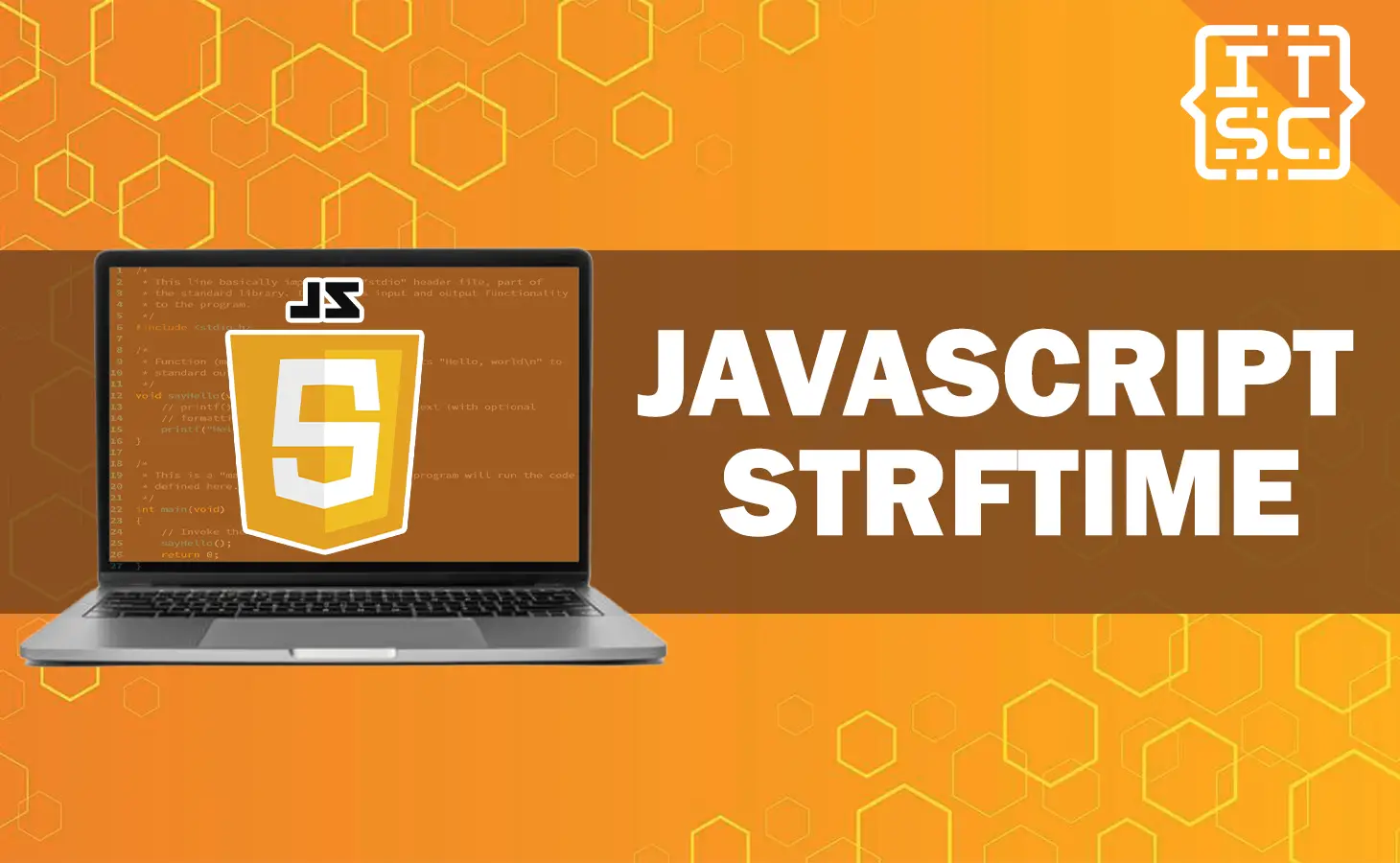Today, we are going to explore JavaScript Date Formatting with strftime.
Knowing how to format dates properly is dominant for making applications that are dynamic and easy for users to understand.
You’ll also learn the power of strftime for formatting dates and times in JavaScript in an easy way.
What is strftime in JavaScript?
The strftime is a method used to format dates and times as strings. It is commonly used in languages such as Ruby and Python, but it is not a native function in JavaScript.
However, there are several libraries available that provide similar functionality, such as moment.js and strftime.js.
The strftime() method is used to get a local time/date format according to the locale settings.
How to set a strftime in JavaScript?
There is no built-in strftime function in JavaScript, but you can use various libraries that provide similar functionality.
Solution 1: Use libraries
One of the most used libraries is Moment.js, wherein you are allowed to format dates and times using the strftime syntax.
Here is the following syntax, using Moment.js:
moment().format('dd, d of MMMM')Here is the following syntax, using strftime for JavaScript:
strftime('%B %d, %Y %H:%M:%S')For instance, you can utilize the format method to format a date object like this:
var now = moment();
var formattedDate = now.format('MMMM Do YYYY, h:mm:ss a');
console.log(formattedDate);Note: you have included the Moment.js library, before you can use the above code like.
Solution 2:Use native JavaScript methods
You can also use libraries that bring the strftime function to JavaScript.
For example, strftime.js provides many specifiers from C-language and Ruby.
Another option is thdoan/strftime, which is a lightweight and straightforward library.
let date = new Date(Date.UTC(2023, 5, 30, 12, 0, 0)),
options = {weekday: 'short', month: 'short', day: 'numeric'};
console.log(date.toLocaleString('en-US', options));
Output:
Fri, Jun 30As you can see, the result will be “Fri, Jun 30”, which corresponds to “Friday, June 30th.”
Please take note that the month value provided to the Date.UTC method is 5 instead of 6, as JavaScript considers months to be zero-indexed (where January is 0, February is 1, and so on).
What are the common date formatting?
JavaScript strftime allows you to customize date formats using various tokens. Let’s take a look at some of the commonly used ones.
Year – %Y
The %Y token represents the four-digit year. For example, %Y will display “2023.”
Month – %m
The %m token represents the two-digit month. For example, %m will display “30” for June.
Day – %d
The %d token represents the two-digit day of the month. For example, %d will display “30.”
Hour – %H
The %H token represents the two-digit hour in 24-hour format. For example, %H will display “16” for 4 PM.
Second – %S
The %S token represents the two-digit second. For example, %S will display “50.”
AM/PM
The %A token represents the AM/PM indicator. For example, %A will display “AM” or “PM” based on the time.
Advanced Date Formatting
JavaScript strftime gives you powerful tools to format dates exactly how you want. You can combine different tokens to create complex date formats. Let’s learn some advanced techniques for formatting dates.
Ordinal Day
The %o token displays the day of the month with an ordinal suffix, like “1st”, “2nd”, “3rd”, etc.
Weekday
The %A token shows the complete weekday name like “Sunday” or “Monday.”
Timezone
The %Z token lets you add the timezone abbreviation to the formatted date.
Unix Timestamp
The %s token gives you the Unix timestamp, which counts the number of seconds since January 1, 1970.
Milliseconds
The %L token represents milliseconds in the formatted date.
Conclusion
In conclusion, this article discusses the JavaScript strftime. Although JavaScript does not have a built-in strftime function, there are libraries available such as Moment.js, strftime.js, and thdoan/strftime, that offer similar functionality.
These libraries allow you to format dates and times according to various tokens, providing flexibility in displaying the year, month, day, hour, second, AM/PM indicator, and more.
By utilizing these libraries, you can easily customize and format dates in JavaScript for improved user experience and application functionality.
We are hoping that this article provides you with enough information that helps you understand the JavaScript strftime.
You can also check out the following article:
Thank you for reading itsourcecoders 😊.

